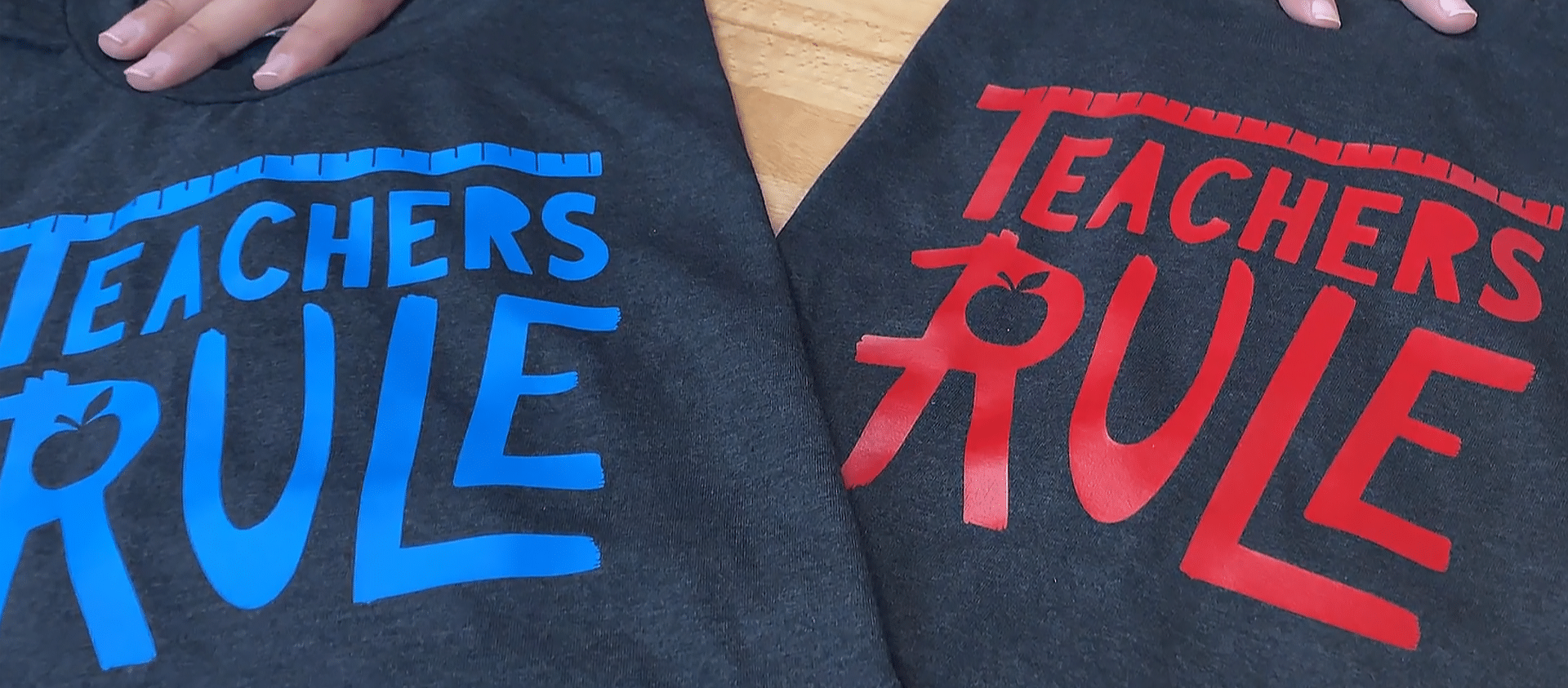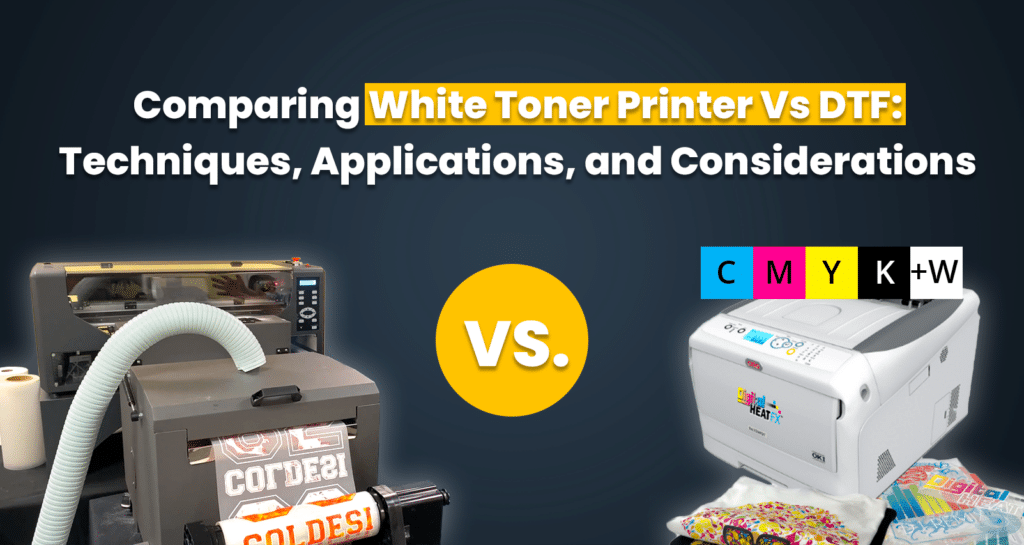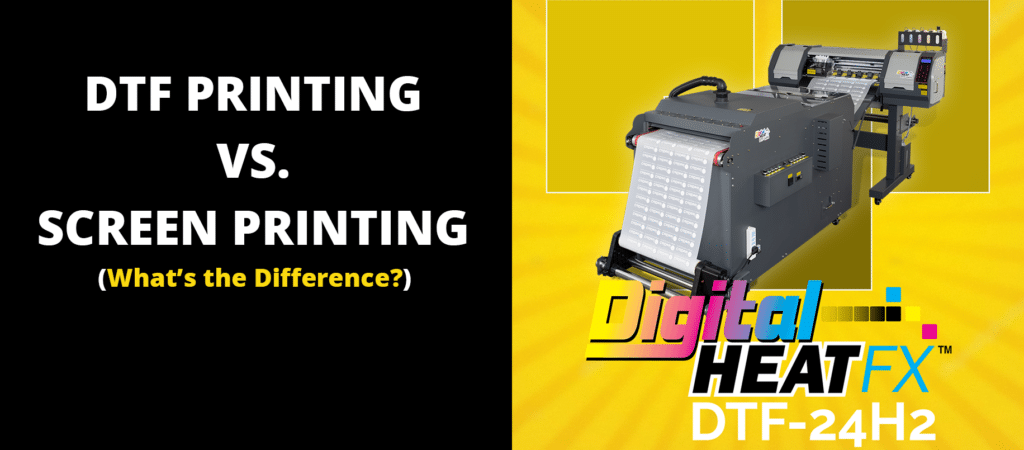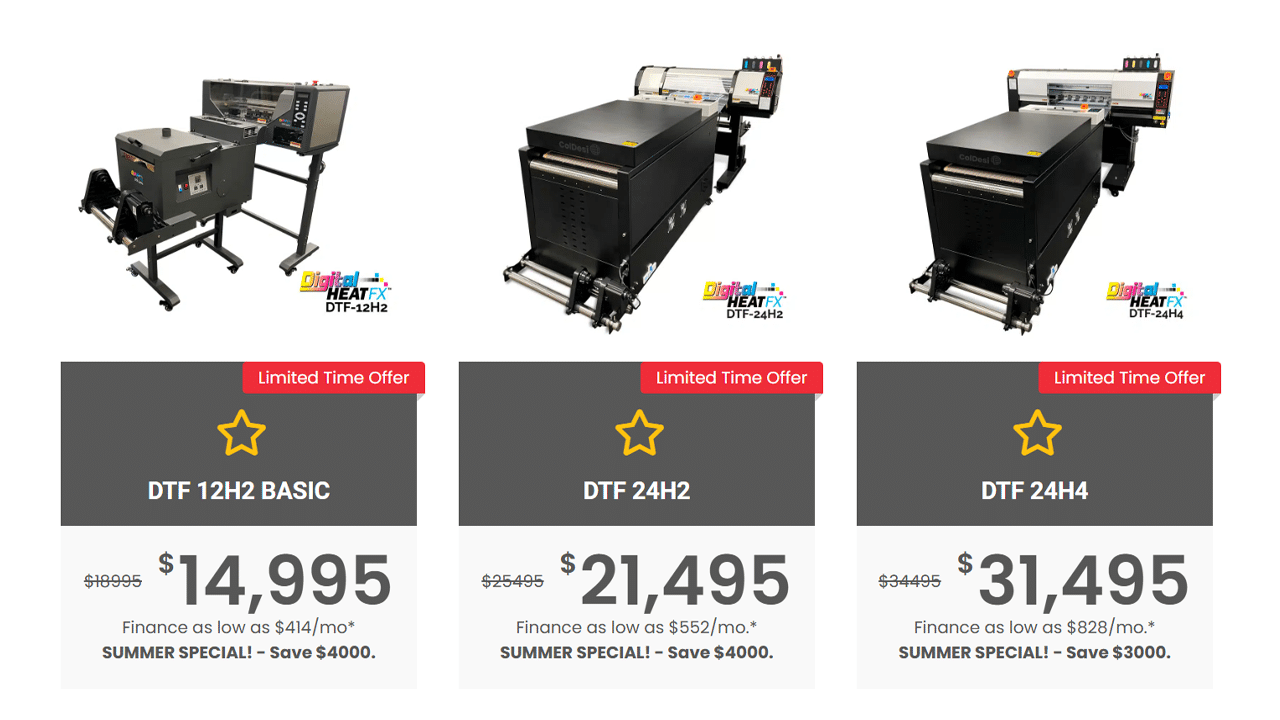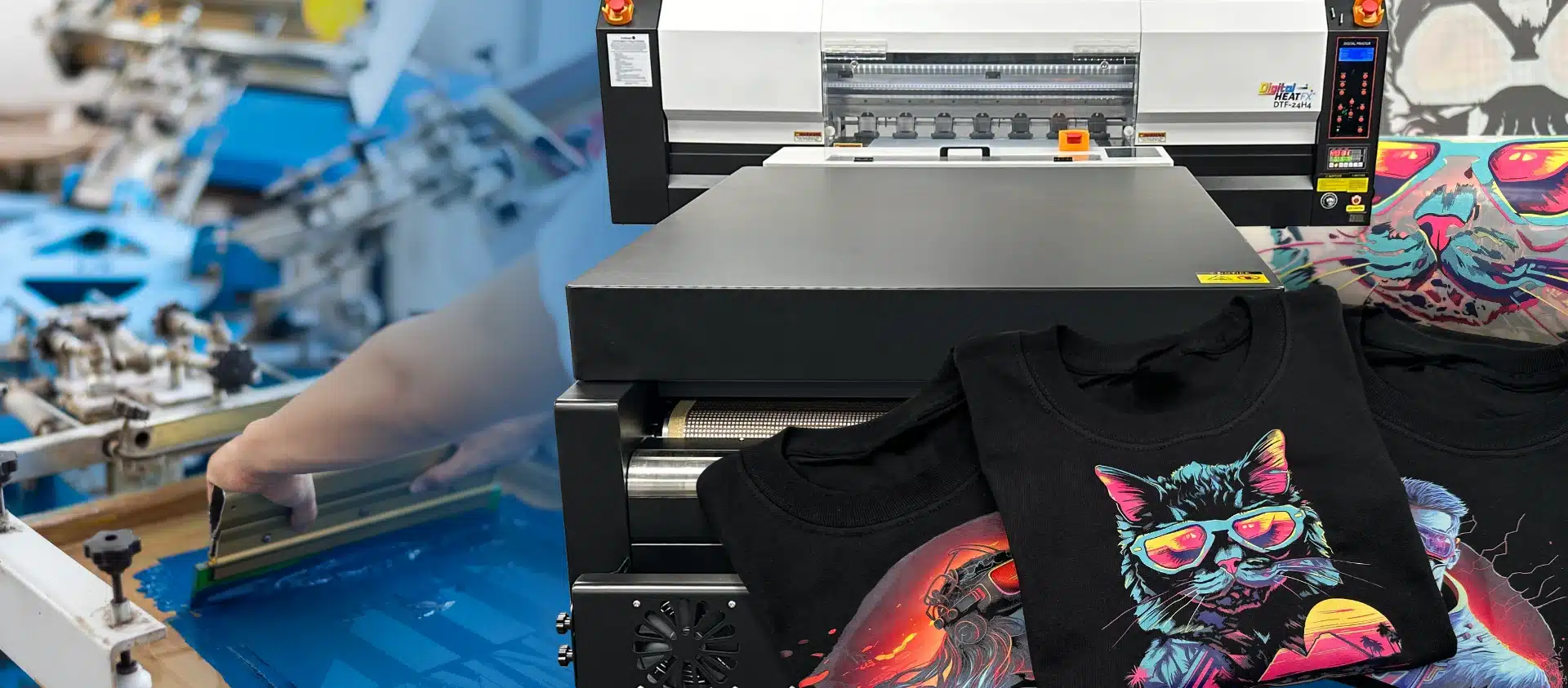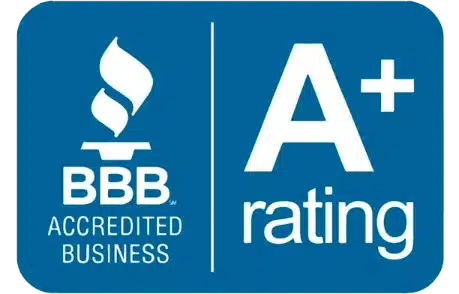Do you work in a school, college, university, or any other educational institution and feel a pressing need for a better printer?
Well, then, we’ve got just the thing for you! It goes by the name DTF.
And before we tell you all about it, let us start with an overview of what this article is about and who it’s for.
The words (and videos) on this page are for those who guide—educators, administrators, managers, directors, and for staff who decide what equipment may enter or leave your institution’s doors.
By the end of this read, you’ll be ready to welcome (and embrace) a new and better technology: DTF. We’ll pause to explore what it is, how it works, who’s using it, and practical ways for you—and your students—to start using it.
All this, plus a glimpse into our new lineup of DTF printers—each seeking its perfect place, a home in the halls of your workplace.
So, with that, let’s open up our conversation!
What is DTF?
Let’s make sure we’re all on the same page and get the basics sorted out first before moving ahead.
The first question that needs to be answered is, what exactly is a DTF printer, and how does it work?
DTF, or direct-to-film printing, is a new and improved printing technology in the custom apparel and product decoration industry. It allows you to transfer designs onto fabrics by using a special PET (polyethylene terephthalate) transfer film and applying heat with a press.
What’s unique about these transfers is their versatility—you can press them right away, save them for another day, or sell them to others online.
That, in essence, is what DTF comes down to. But, words alone can’t quite capture its depth.
So, rather than overwhelm you with a wall of text, we’ll let the video do the talking this time.
Have you watched the video above? We hope so—it speaks in ways words simply cannot.
The point is, it’s a prerequisite—step number one—for anyone (individual, company, or team) who wants to understand what this technology is all about.
But let’s press on with the article and get into something you might find very interesting—how other schools are using DTF printing.
You can read more about how the DTF printing process works by clicking here.
How Schools are Using DTF Printing
for Fundraisers and Events
In both school and university settings, DTF printing has become an integral part.
One by one, institutions are adopting this technology because it opens up possibilities that were once out of reach.
Imagine its impact in the classroom: students and teachers can tinker, experiment, and turn their ideas into real, tangible products!
It’s an experience that, without DTF, they might not even dream of the opportunity to customize items like t-shirts, hoodies, or hats! Yet here we are and it’s now the norm.
This technology serves both students and schools. You can use it to even raise funds!
With a DTF printer, you can create unique items that resonate with students, parents, and supporters, and sell them at school plays, special events, art shows and exhibitions, sports events, graduation ceremonies, workshops, or whatever else you have coming up.
In the middle of all this, you boost the school’s spirit and foster a collective sense of morale, unity, and belonging.
We know it may sound kind of poetic, so let’s bring it back to earth and discuss the educational value of a DTF printer, along with its practical applications and potential for student projects.
Integrating DTF Printing in Design and Tech Education
Now, for all the practical and pragmatic thinkers out there, you might be wondering how bringing this piece of tech into your office will improve your life and the lives of those around you.
Well, let’s see…
From which angle shall we begin? Well, let’s put you in the shoes of a professor, one who teaches class in design, tech, or an entrepreneurial program to students.
When your students walk into the classroom, you can not only teach them the theory, principles, and curriculum they need, but also put it all into practice, giving them hands-on experience with industry-standard printing.
And where else have you seen that happen?
Well, let us tell you… it doesn’t happen often.
At the end of class, you can send them off with a project for the week. Give them something fun to work on: whether it’s designing a logo, exploring product design, or creating custom merchandise, each student can dive into whatever interests them most.
Do this, and we promise that when your students enter the job market, employers will prioritize them above all others. They’ll be well-prepared for the workforce, and you’ll also see fewer of them dropping out before graduation.
That’s a win-win in our books.
Now, of course, there are other printing methods out there and it wouldn’t be fair to skip them over. So, instead let’s put them head-to-head with DTF.
Cost-Effective Custom Printing Solutions for Schools
When you are an institution that has hundreds or even thousands of people, each with a need to print or create something, you have to keep an eye out on costs.
A printer that saves just a few dollars per student can result in hundreds or even thousands of dollars in savings each month.
Your choice of printing method, therefore, will have a direct effect on your bottom line.
Take for example screen printing. While it’s widely used, we know that it is a resource intensive printing method. You’ve got to deal with creating and maintaining screens. That means you’ll need to invest time and money into making screens for each design you plan to print.
But it doesn’t stop at that. These screens also need regular cleaning—a task that can’t be skipped. Over time, these screens wear out and become useless when you want to change your design. So, you end up with a pile of useless screens, and that’s not good for the environment nor students handling the prints.
Worst yet, when you’re working with screens, you have to use chemicals and solvents to make them and clean them. These chemicals can be harmful to people and nature.
So, even if you try to be responsible, the fact is that screen printing creates a lot of waste and uses potentially harmful chemicals.
Multiply that by every student and employee in the school, and things quickly turn into a real mess.
On the flipside, DTF produces less waste compared to screen printing, as it doesn’t involve the creation and disposal of screens.
Plus, when you add in the use of water-based inks, one thing becomes clear as day: direct-to-film printing is miles ahead of the rest.
So, in the end, this combination of sustainability and cost-effectiveness positions DTF not only as a smart choice for educational institutions but also as an affordable and accessible option due to its low setup and maintenance costs.
The same holds true for businesses or entrepreneurs looking to cater to students on college and university campuses. Which segues us nicely into the next point of our discussion.
Top 5 Benefits of DTF Printing for Campus Merchandising
Any chance you’re already running a business on a college or university campus, or thinking about starting one?
If so, you’ll be pleased to hear that the DTF printing is ideal for campus bookstores, libraries, department merchandise, and that even campus convenience stores could make room for a small DTF setup.
Now, do a quick bit of math in your head (or on your fingers) and think about how many students are roaming the campus halls.
These students have all kinds of needs that can be met with custom-printed items: apparel, merchandise, decor, and accessories.
Think about popular items like phone cases, jerseys, room decor, bags, t-shirts, hats—the list goes on!
So, for entrepreneurs looking to make some money by selling to students, DTF printing is a great way to do it!
But we know that what we’ve shared so far might not be enough to convince you to switch from traditional printing methods to DTF just yet.
For that reason, let us highlight a few more benefits and specific advantages to show you exactly why DTF might be the right technology for you.
Rapid Turnaround: Nobody wants to put up with long wait times, especially those who’ve placed a custom order and are on a tight deadline. Yesterday was the time they needed their items. Luckily, DTF printers can handle the tightest requirements and deadlines without breaking a sweat.
High-Quality Prints: Naturally, one of the main reasons you’re investing in a better printer is the quality of the final print. DTF printers stand out for their ability to deliver true-to-life colors, excellent contrast, and sharp image quality. Whether it’s artwork, images, or text, everything comes out looking crisp and is easily readable—even from a distance!
Brand Consistency: Ideally, your brand should be easily recognizable to others on campus. The items you create should maintain a cohesive and uniform look and identity. This could include a part of your logo that you apply to every product, a catchy slogan, a color scheme, a unique design, or anything else that represents your brand. The point is that a DTF printer can help your brand create a strong visual identity.
Sustainability: We briefly mentioned this before, but it’s worth reiterating that DTF printing leans towards an environmentally greener side. Unlike traditional plastisol inks, water-based inks are primarily water-based, which reduces the use of harmful chemicals and solvents.
Even better, they’re biodegradable, meaning they break down naturally over time, reducing long-term environmental harm.
Moreover, water-based printing generates minimal volatile organic compounds (VOCs) and emits fewer air pollutants.
Put simply, the inks and materials won’t release a bunch of those potentially harmful chemicals into the air when you’re customizing your shirts or hoodies.
Plus, you’ll be pleased to know that direct-to-film printers have a purifying system that absorbs and filters out any smoke, residue, or fumes during the printing process.
Cost-Efficiency: The last key point to remember today is the cost-efficiency of the whole DTF system. It’s a more cost effective, long term solution compared to other printing methods on the market. Even a small savings per person—a few dollars here and there—can add up significantly, potentially saving your organization hundreds or even thousands of dollars each month.
These are just a few of the benefits and specific advantages that come to mind—there are certainly more, but it all starts with the five we mentioned.
Alright, we’ve covered a lot of ground since we began our discussion today, so let’s pull our thoughts together and wrap up with our final opinion.
Conclusion
So, what did we learn from all this?
Well, we started with the absolute basics and learned what a DTF printer is and how it works. From there, we looked into how other schools and students are adopting this technology, and how entrepreneurs can leverage it to create and sell practical everyday products on school or university campuses.
Finally, we compared DTF printing to screen printing and how screen printing techniques amount to significant waste, positioning DTF as a much greener and cost-effective technology in the long term.
So, the last question is: Where do you go from here?
Our suggestion? Just go for it—get a DTF printer!
Below we have several videos showcasing the capabilities and features of each model in ColDesi line of DTF printers.
So, take your time to explore the lineup, compare the models, and see how they stack up against one another to get a feel for which model might be the best fit for you!
P.S. Ready to place an order? Just hit the button below. And if you need guidance or have questions, our product experts are just a call away at 877.793.3278!
To learn more about ColDesi’s line of direct-to-film (DTF) printers, visit coldesi.com and Live Chat with a Pro below, or call 877.793.3278.

